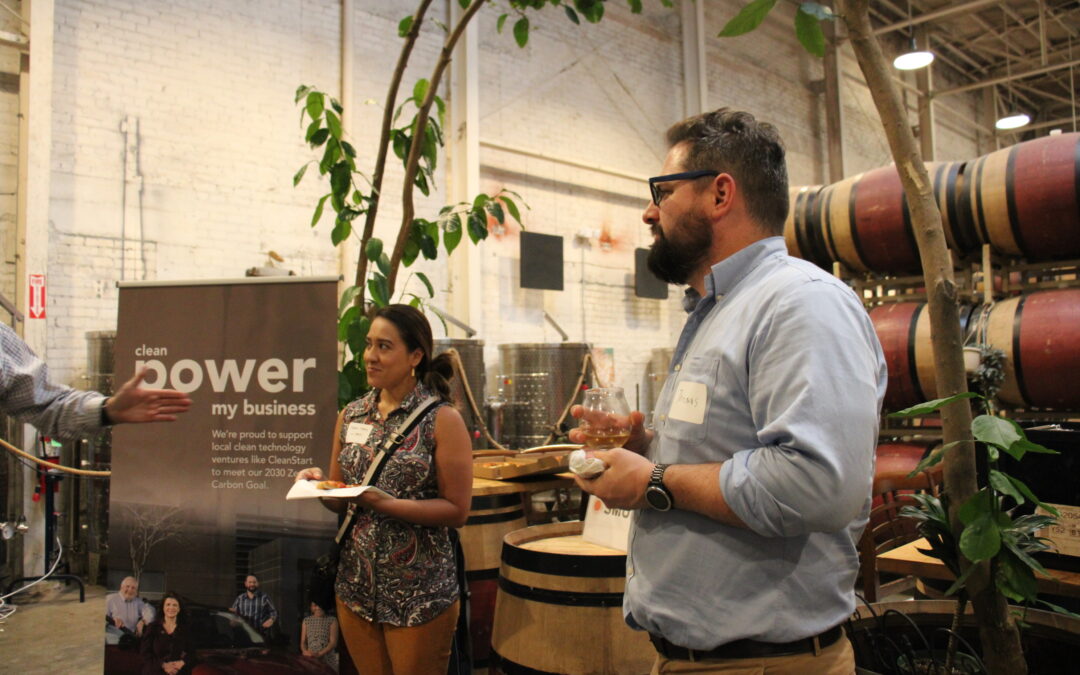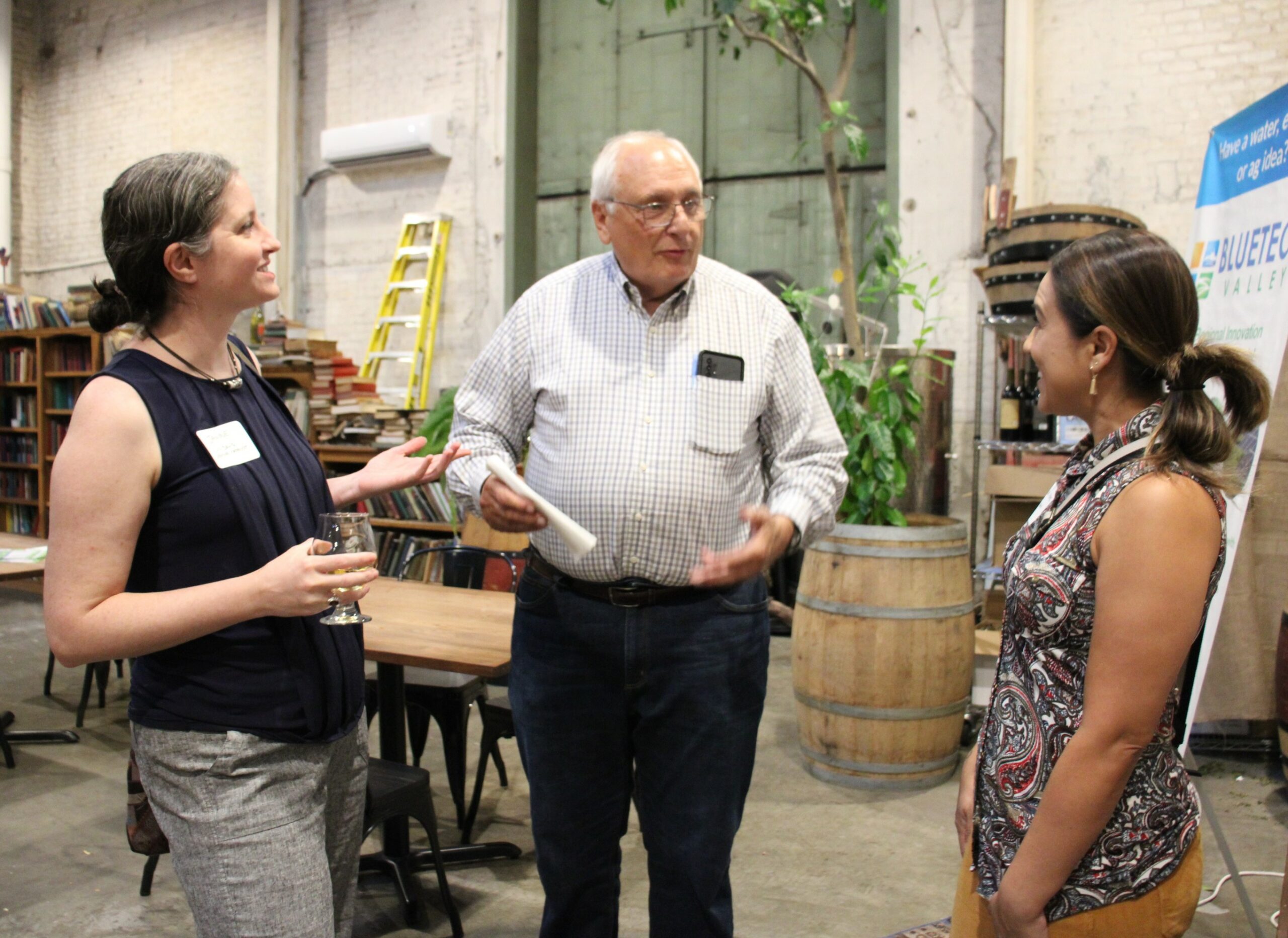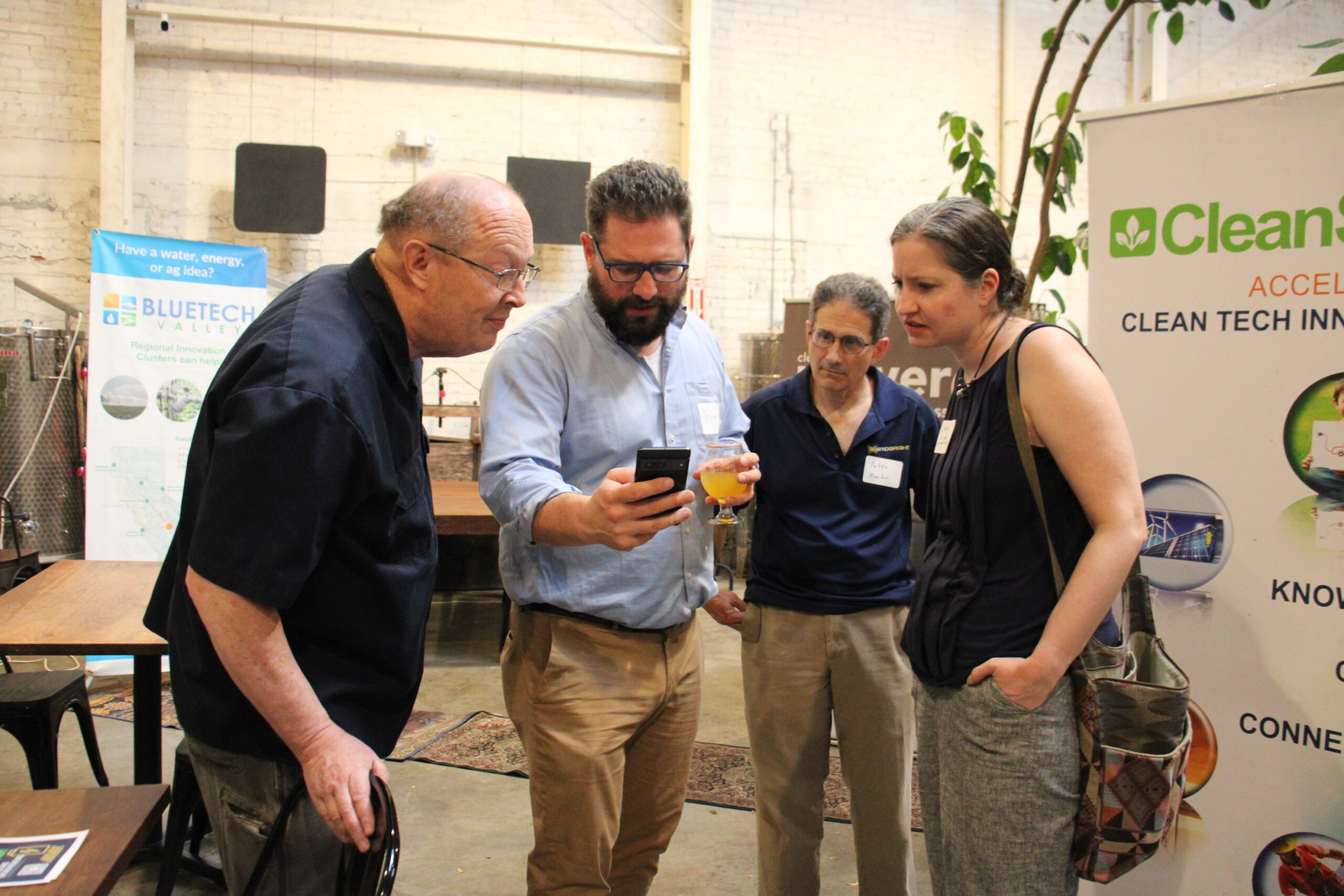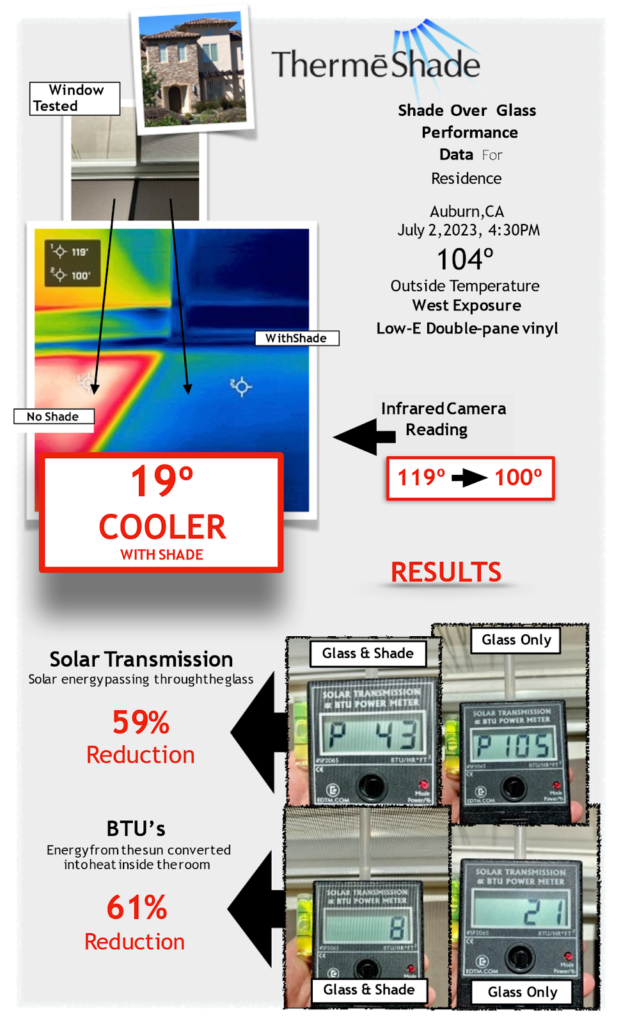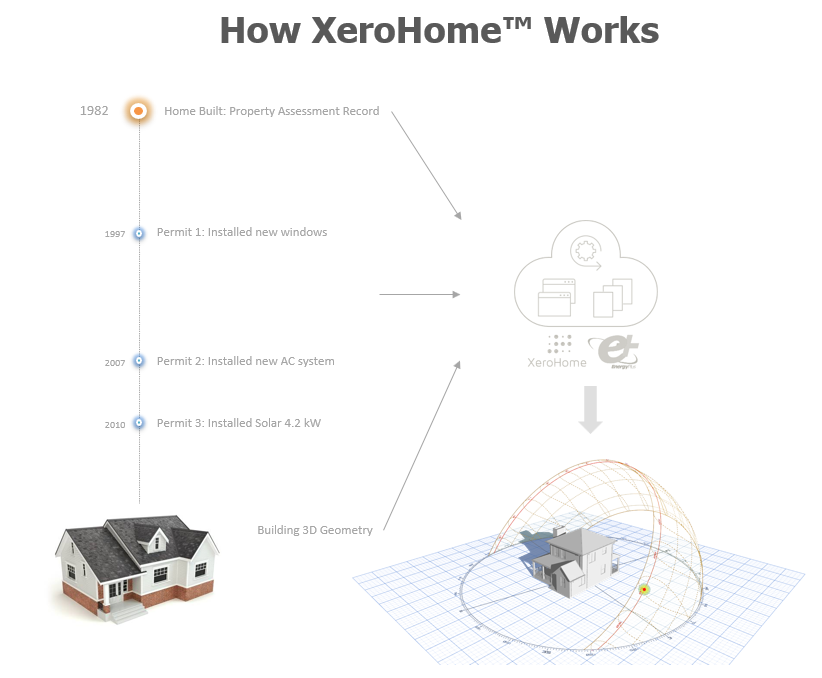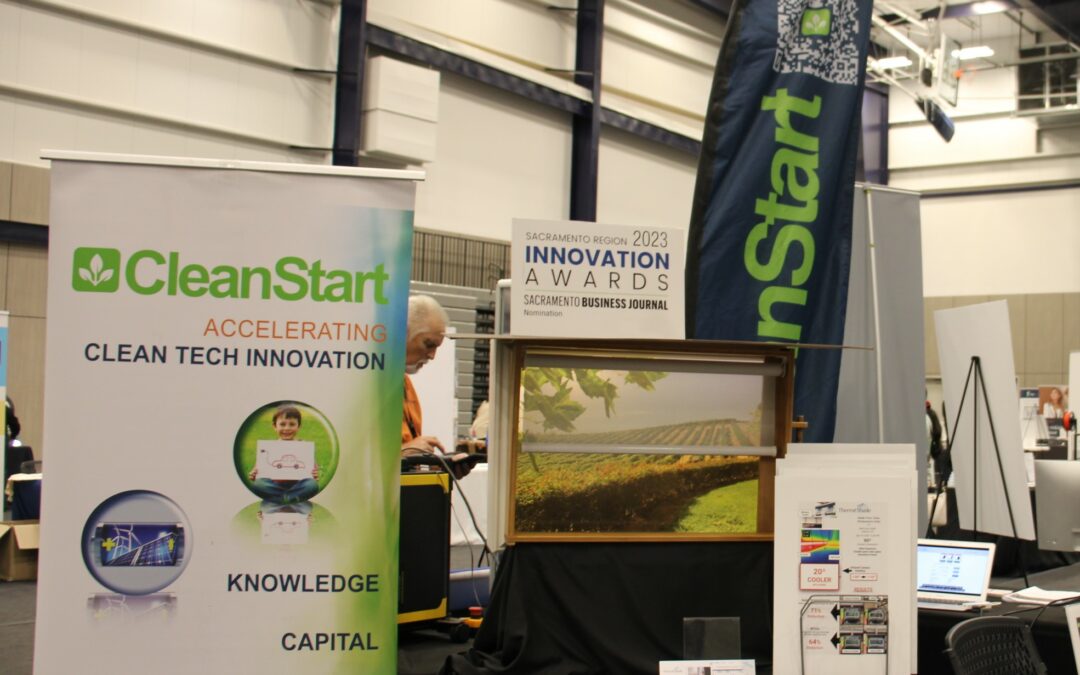
GFX: Showcasing the “Backyard Advantage”
At their inaugural showcase on October 5 in Roseville, the Growth Factory put on a jam-packed day of speeches, workshops, pitches and booth exhibits. The theme was seizing the opportunity to support local innovators as a way to build a robust technology-based economy in our region.
We were a partner with the Growth Factory in putting on this event, and we had many opportunities to highlight what the companies in our clean tech cluster were doing. We had a total of nine companies being showcased: Three companies at our booth (Thermeshade, CR Flight, and XeroHome) and three others had their own (LiCAP Technologies, JAPA, and SOAR Optics), and three more cluster companies did 3-minute pitches (EVLife, AscentOS, and Onsight Technology). In addition, we ran a workshop on opportunities to grow businesses that contribute to the carbon neutral goal.
One of the most interesting sessions was an interview with John Bissell, Co-CEO of Origin Materials, reflecting on what they had accomplished and what worked for them. John noted that in their culture, there is little patience with explanations that are quick sound bites. These can be very misleading for teams and for investors. Instead, Origin goes to lengths especially with investors, to present the subtleties of why they make the decisions they do so that there are fewer surprises. Since Origin boasts a number of long-standing investors and partners, that is a good indication their approach is sound. The temptation to oversimplify and give brief answers is strong, but as John noted it could lead to trouble. Good advice.
Throughout the event were sessions on alternative ways to find funding, views from the VC community, and support resources throughout the region. There were probably 500 attendees. The region hasn’t had this kind of robust startup showcase for years. The Growth Factory will likely repeat it next year, given this year’s success. We will be out there encouraging many more of you to take advantage of this opportunity to get exposure and do important networking. It is a good first step to getting a serious meeting with many investors.
Kudos to Monique Brown and the team at Growth Factory for such a good event.

ABOUT THE AUTHOR
Gary Simon is the Chair of CleanStart’s Board. A seasoned energy executive and entrepreneur with 45 years of experience in business, government, and non-profits.
CleanStart Sponsors
Weintraub | Tobin, BlueTech Valley, Revrnt, River City Bank
Moss Adams, PowerSoft.biz, Greenberg Traurig, California Mobility Center








